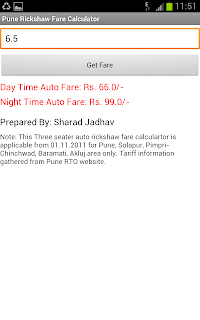As you all know that I have deployed a Story Reader Android Application on Android play market. I am requesting all parents to share stories which they like most. I have decided to share those stories on my story reader android app. Please mention the following details while sharing your stories.
- Title of the story
- Story contents
- Moral of the story
- Name of your kid
- Standard in which s/he studies
Please share stories on usharadjadhav@gmail.com









